-
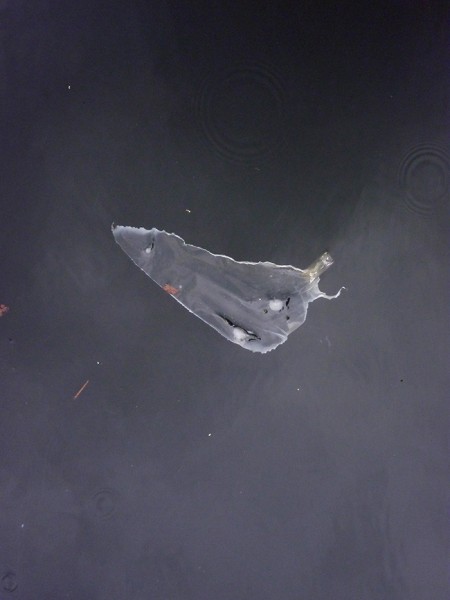
17032012 14:10
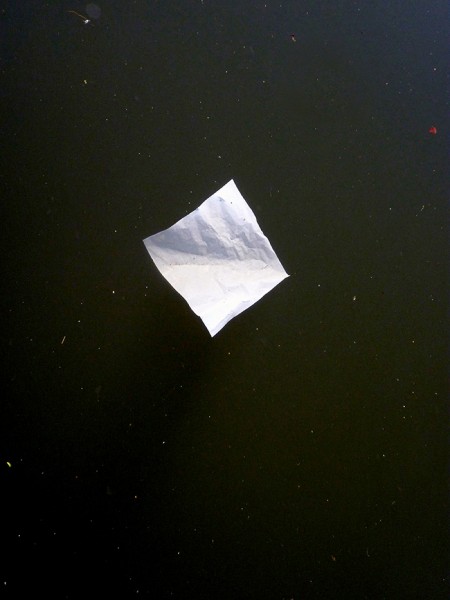
19032012 19:40
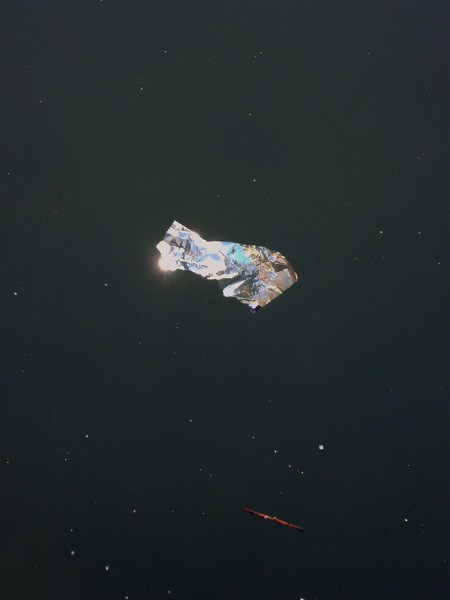
19032012 19:40
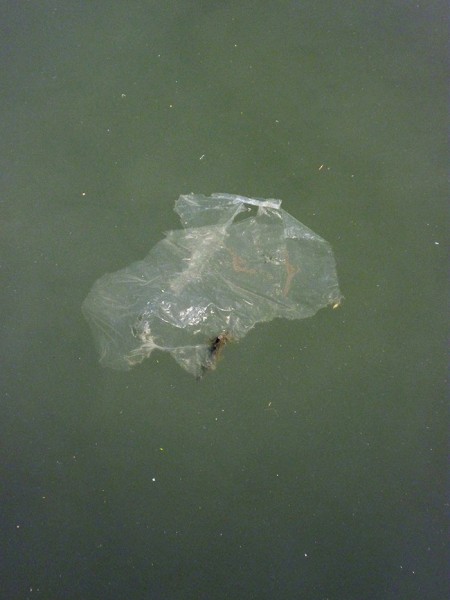
25032012 18:59
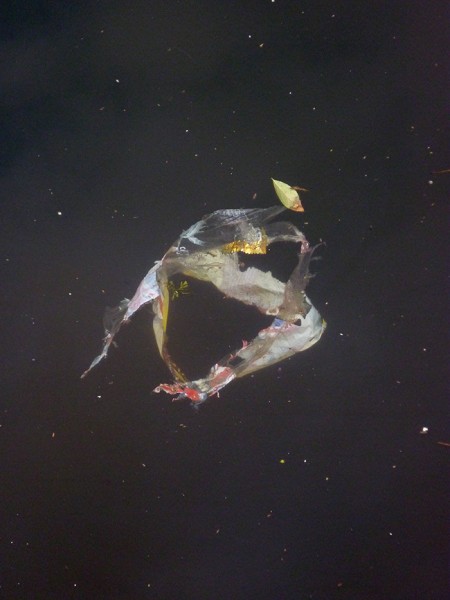
12042012 19:58
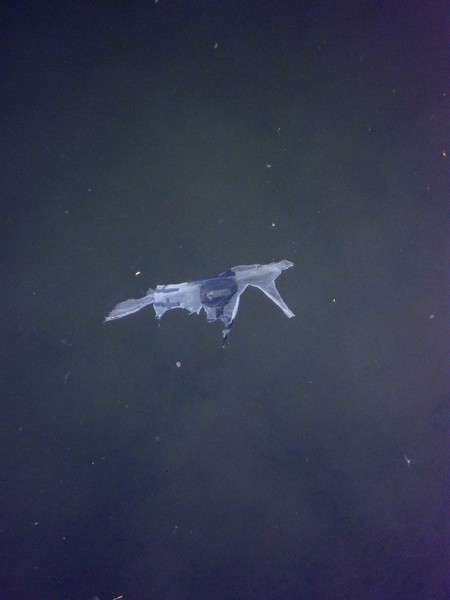
27042012 19:46
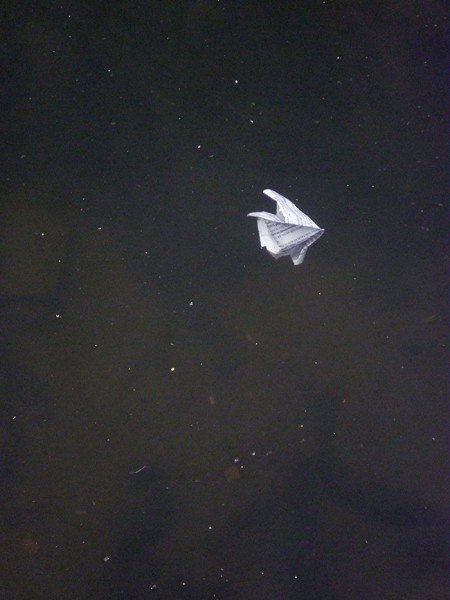
03052012 20:38
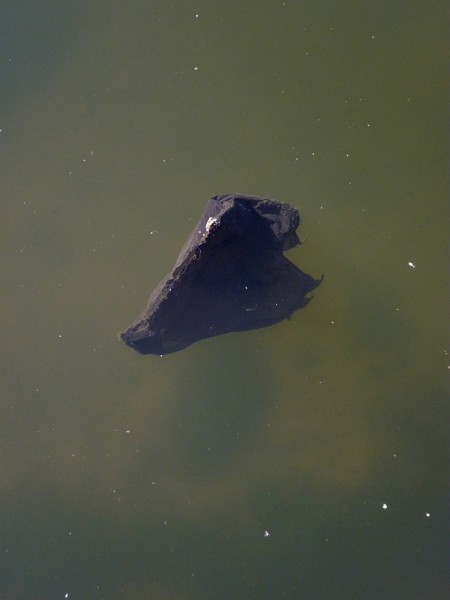
19032012 10:49
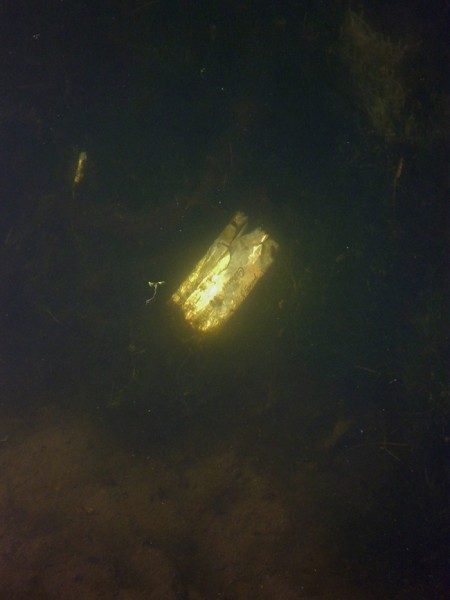
22032012 11:01
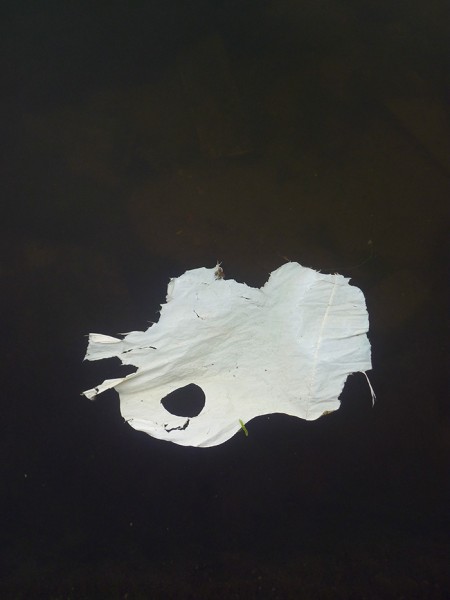
24052012 10:20
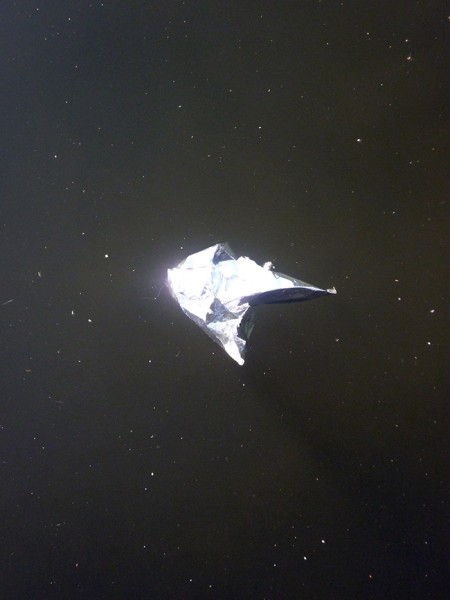
02042012 13:10
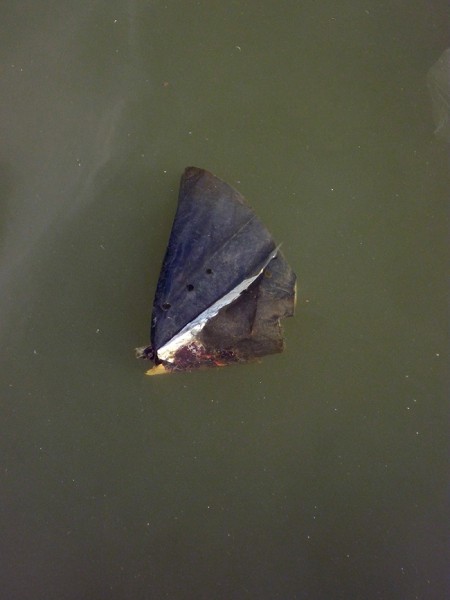
25032012 18:59
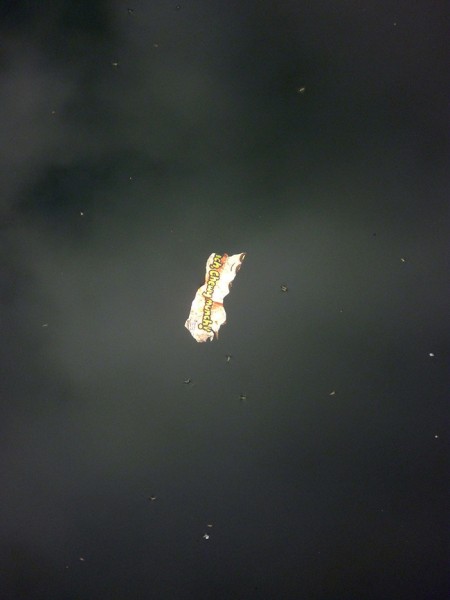
12042012 10:08
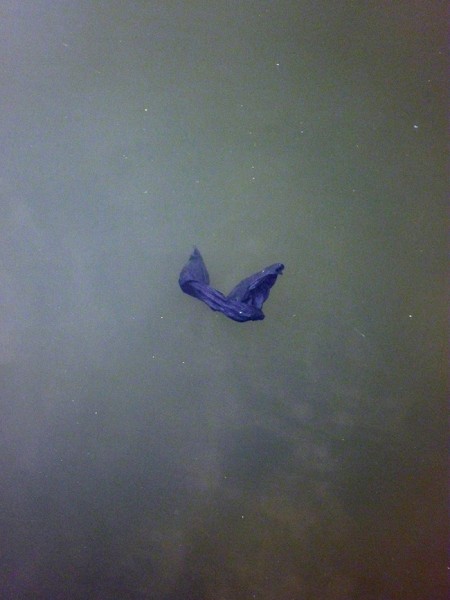
16042012 10:21
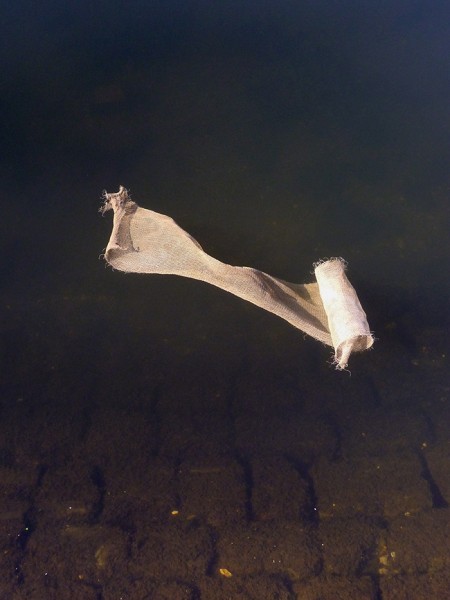
19032012 11:31
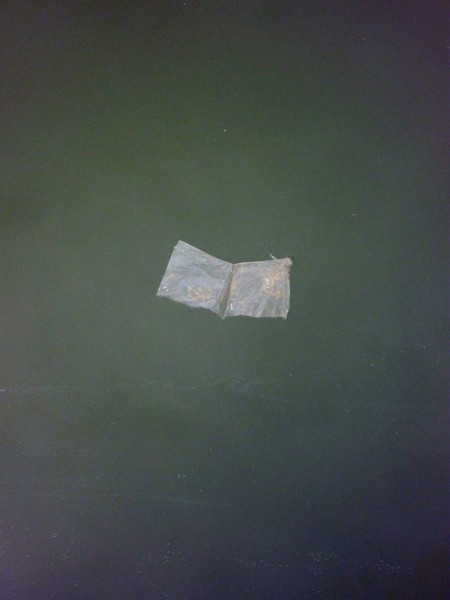
20042012 20:32
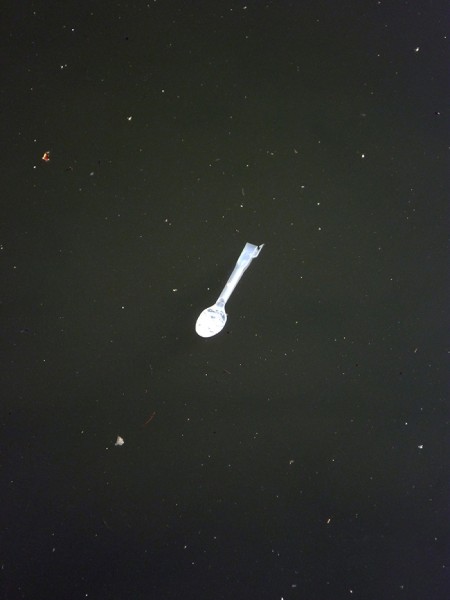
29032012 19:44
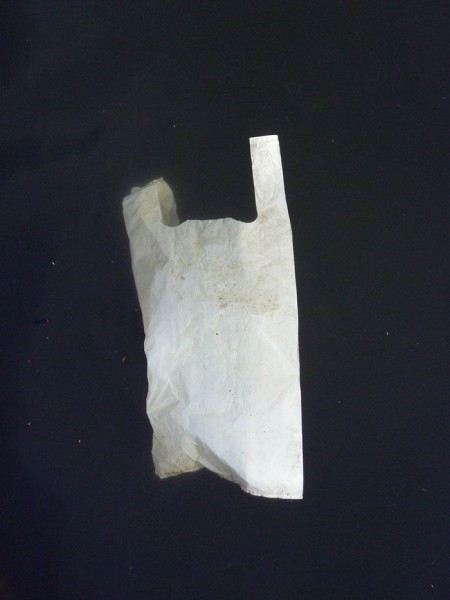
25032012 19:04
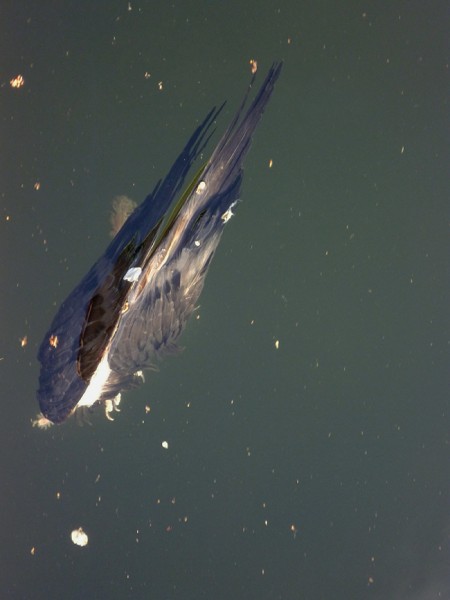
19032012 19:41
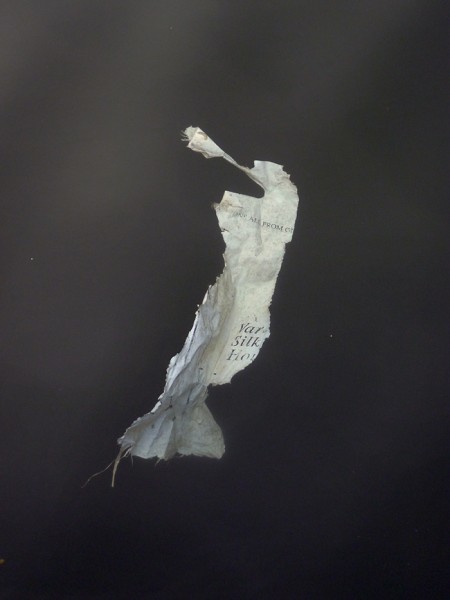
22032012 10:44
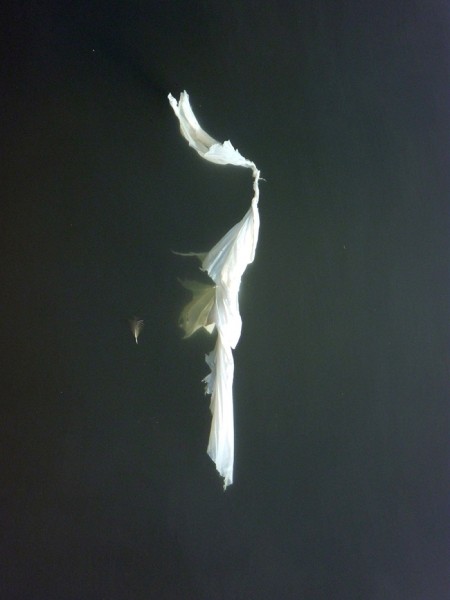
25032012 17:52
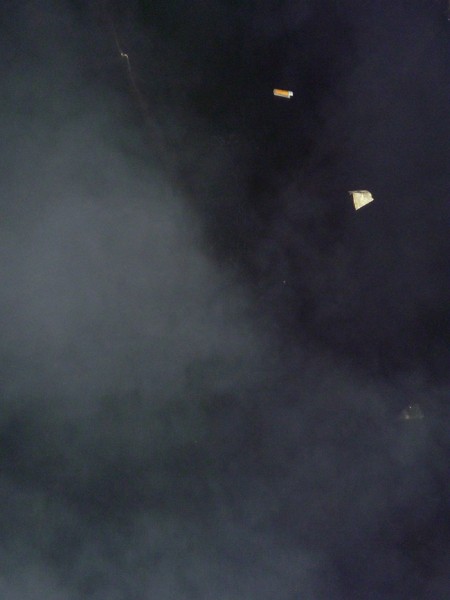
01032012 23:24
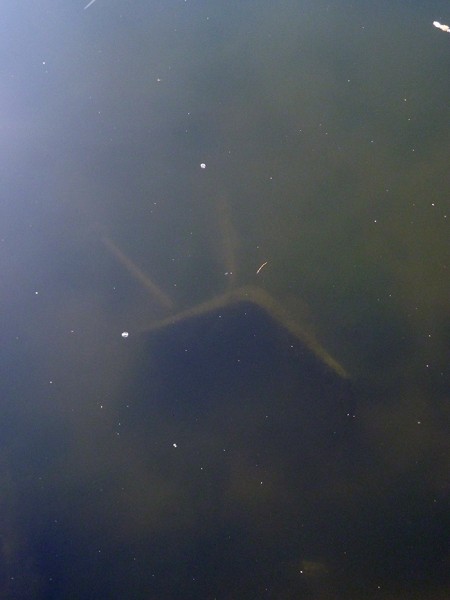
02042012 13:37
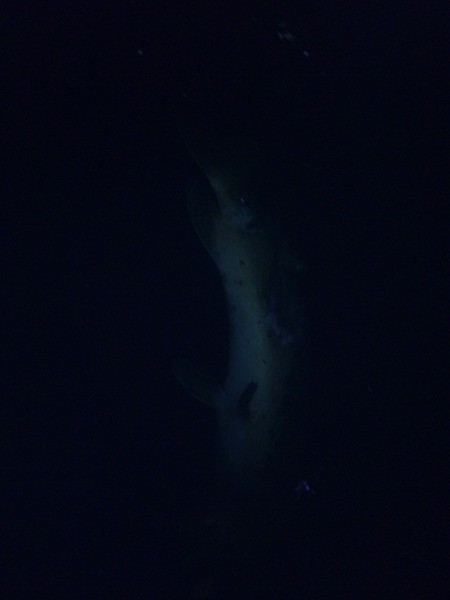
03052012 22:38
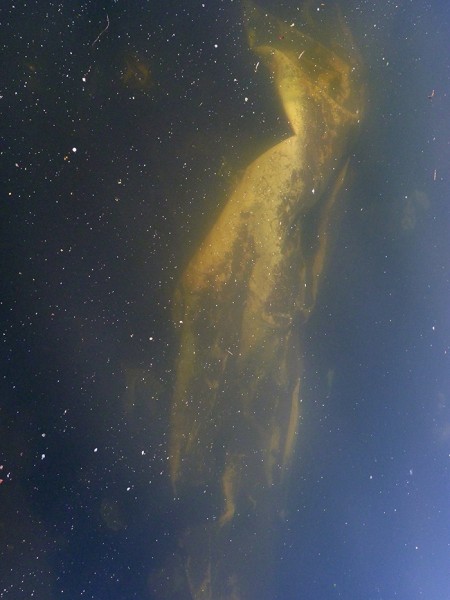
19032012 11:01
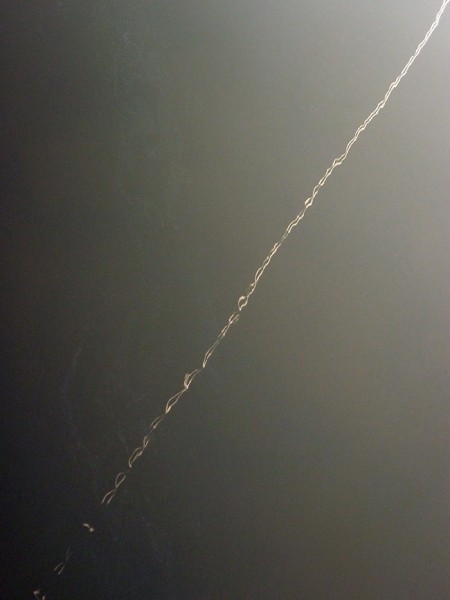
19032012 09:34
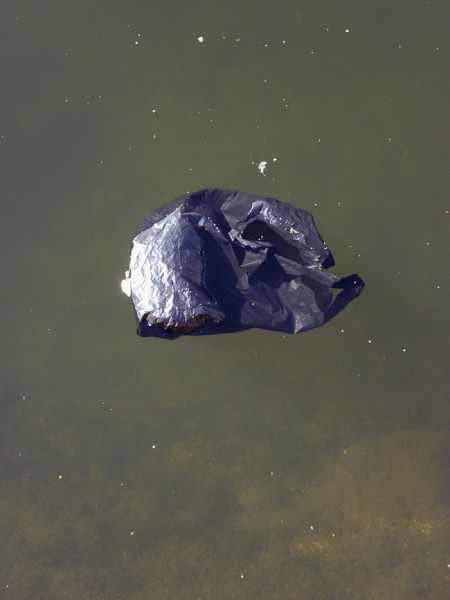
19032012 10:30
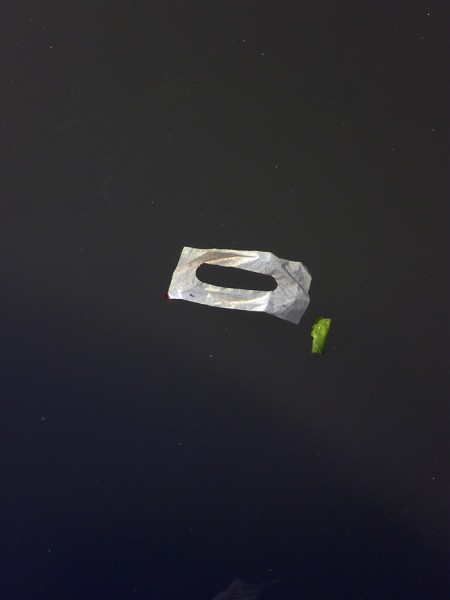
22032012 10:39
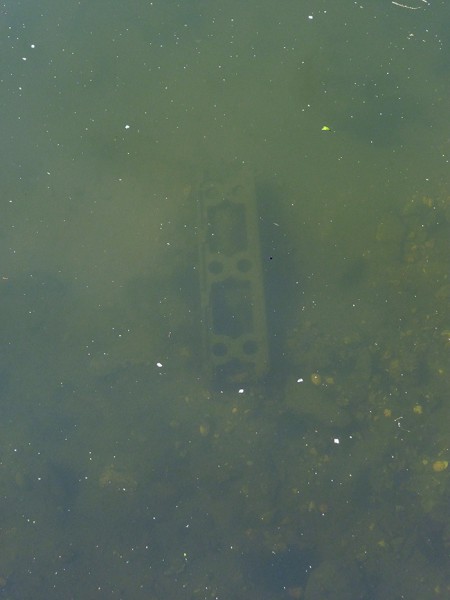
19032012 10:49
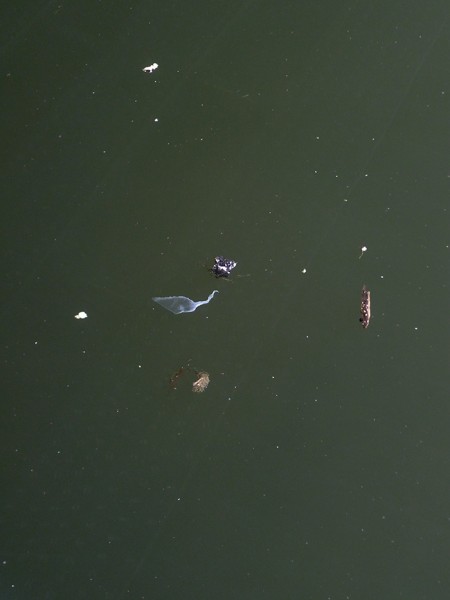
02042012 11:22
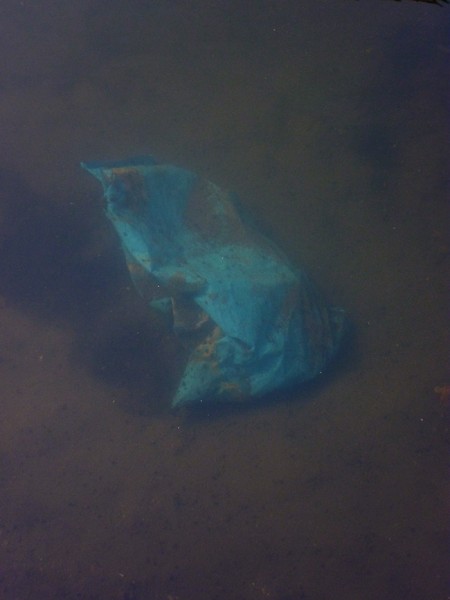
22032012 11:02
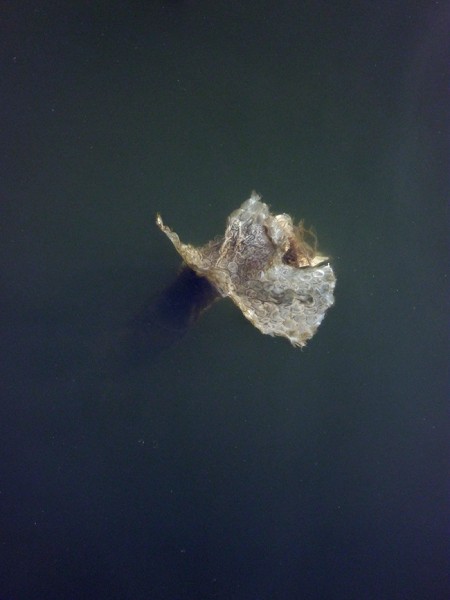
25032012 19:00
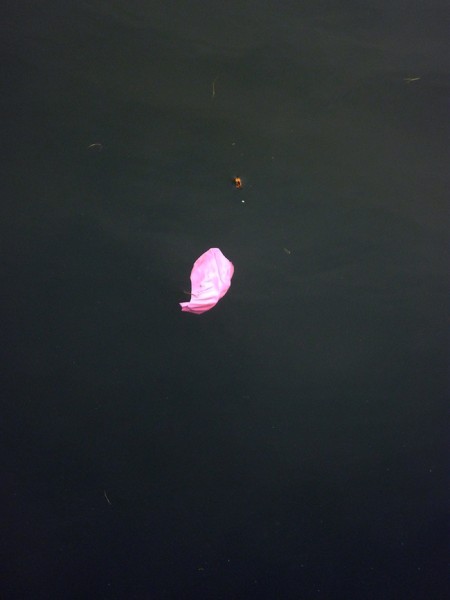
25032012 18:37
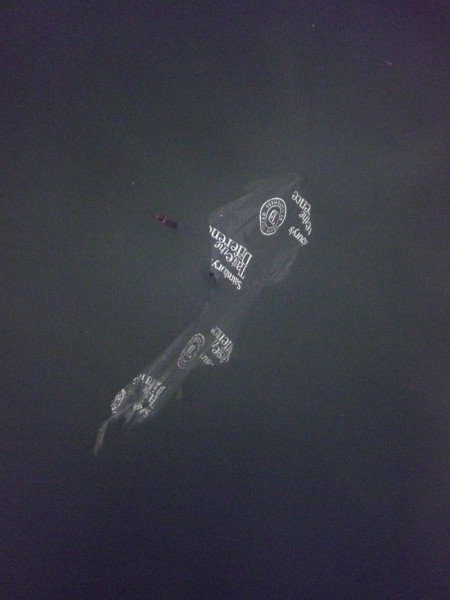
23042012 20:47
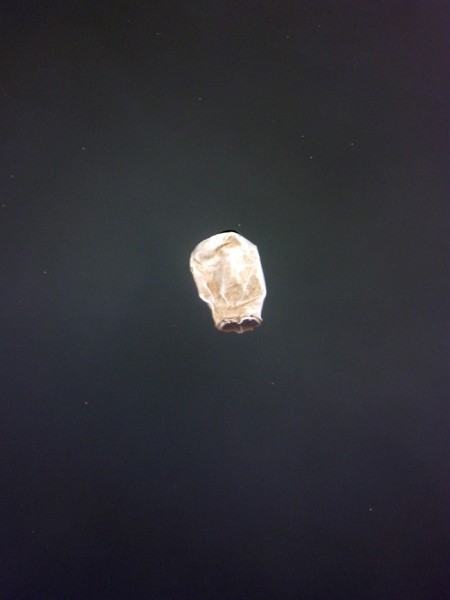
20042012 20:30
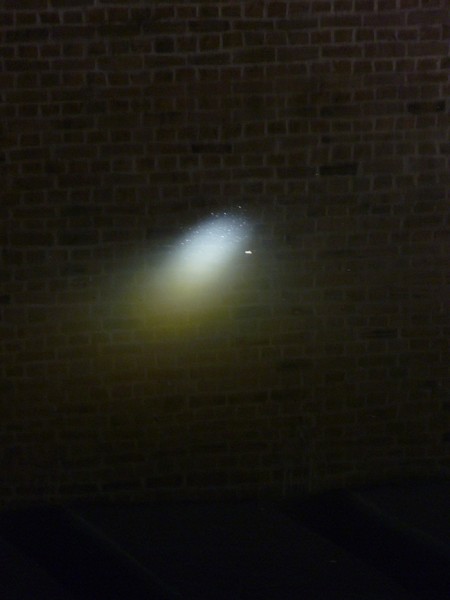
25032012 18:04
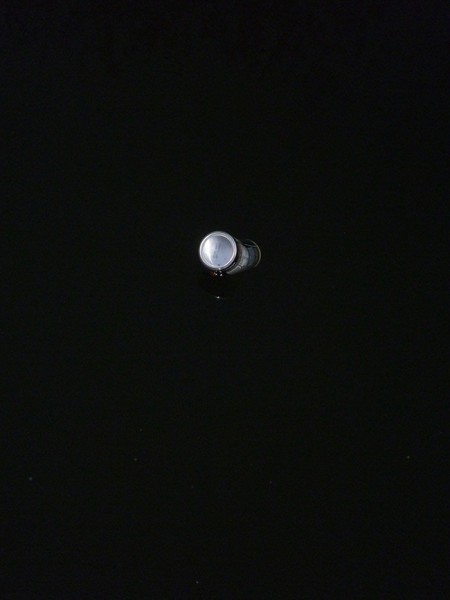
19032012 19:41
-
1
17032012 14:10
-
2
19032012 19:40
-
3
19032012 19:40
-
4
25032012 18:59
-
5
12042012 19:58
-
6
27042012 19:46
-
7
03052012 20:38
-
8
19032012 10:49
-
9
22032012 11:01
-
10
24052012 10:20
-
11
02042012 13:10
-
12
25032012 18:59
-
13
12042012 10:08
-
14
16042012 10:21
-
15
19032012 11:31
-
16
20042012 20:32
-
17
29032012 19:44
-
18
25032012 19:04
-
19
19032012 19:41
-
20
22032012 10:44
-
21
25032012 17:52
-
22
01032012 23:24
-
23
02042012 13:37
-
24
03052012 22:38
-
25
19032012 11:01
-
26
19032012 09:34
-
27
19032012 10:30
-
28
22032012 10:39
-
29
19032012 10:49
-
30
02042012 11:22
-
31
22032012 11:02
-
32
25032012 19:00
-
33
25032012 18:37
-
34
23042012 20:47
-
35
20042012 20:30
-
36
25032012 18:04
-
37
19032012 19:41
2012
The series Phlebas are inspired by the mysterious tarot card of Phoenician sailor from T. S. Eliot’s The Waste Land.
In the poem the card of the drowned sailor appears as a reminder of a lost civilization and at the same time as a prediction.
What a civilisation leaves behind passing through the flux of time? Its way scarcely represented by remnants – its flotsam and jetsam – fragmented artefacts only to be later observed or picked up by those who happen to pass by. Phoenician ships have completed their voyages, their cargos scattered and their sailors long since passed away. Museums have salvaged a heap of broken images. We can trace their travel routes from the remains yet their destination is left to our imagination. What if we had a map of their search for a destination? Would it influence our course? It can be after all, that we are on the same ship.
To evoke imagination of possible direction Eliot uses a nonexistent tarot card. In that way the imagination becomes a prediction. However, prediction is not an imagination alone. It grows out of small things – a crucial circumstance or peripheral detail – which nurtured by the imagination becomes reality. This unnoticed sign is represented by a missing tarot card.
These photographs are an exercise in search for such a card. The pictures have been taken on waterways while rushing with the crowds over London’s bridges.
-
1
-